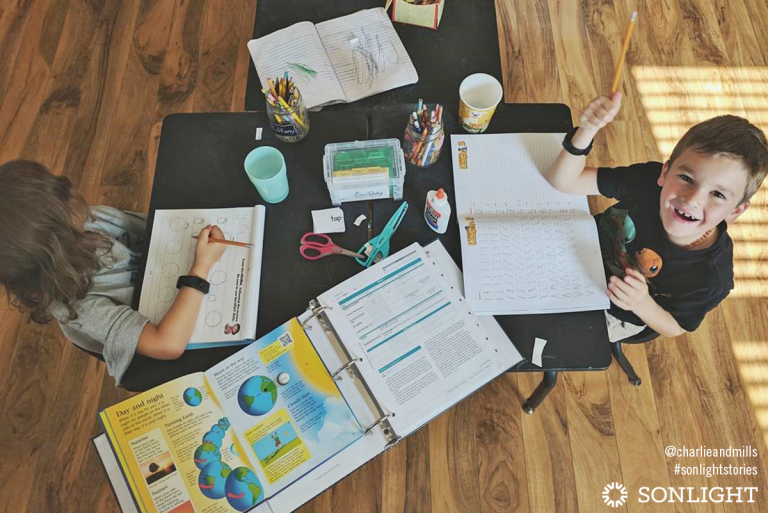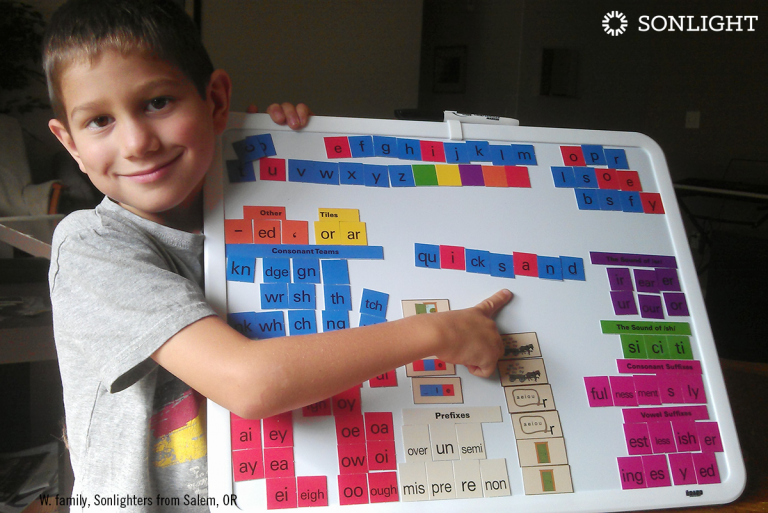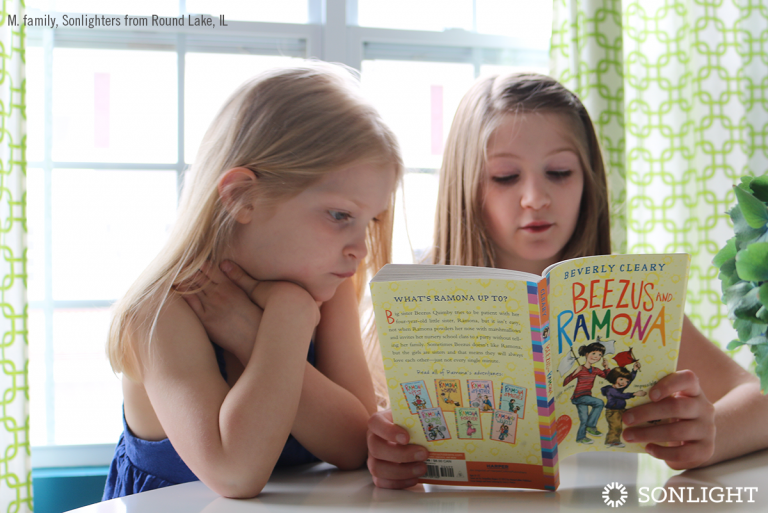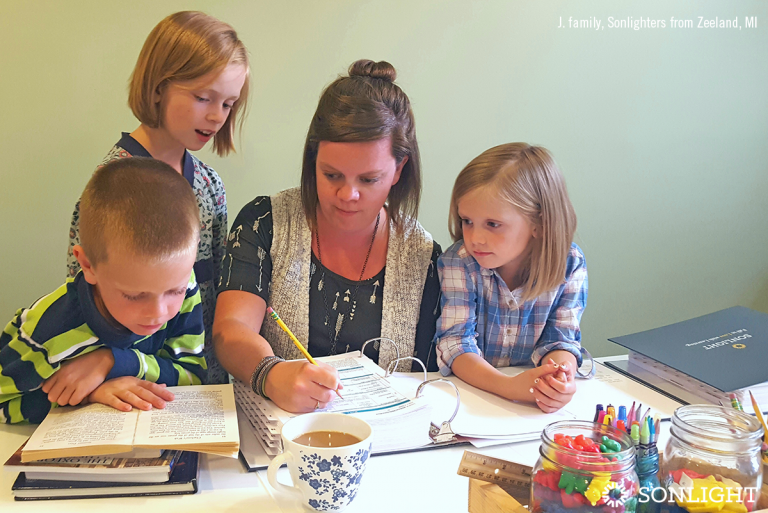
Not every homeschooled student will follow the traditional high school to college track. There are plenty of alternative endings to an educational journey after high school. We’ve seen this variety represented in our three recent graduates:
- one is working in trades while exploring his future career choices
- one plans to join the military
- the third is preparing for college next year
Do you remember the Choose Your Own Adventure books where you could pick how the story was going to end? When I was a child, I had one of these books which I read over and over again. Every time through the novel, I would choose a different scenario, anticipating success or disaster at the turn of a page. I used what I learned each time I reread the book to improve the outcome of the story.
My homeschool life is like that book; I can choose what I want our home education to look like. With each student, I get to flip back to the beginning, starting over with new information to craft a school year tailored to fit them best. I also guide my teens into career exploration during their high school years so that they become the authors of their own adventure.
These Years are for the Exploration of Skills and Interests
My second son graduated from high school as a junior. In the year between graduation and joining the military, he is taking several tech classes from the local high school. It is a great way for him to try different trades before he enlists and has to choose a job for traditional training.
I don’t expect my high school senior to know what he wants to be when he grows up. (Afterall, I still have a hard time narrowing it down myself.) But I do want my children to explore interests with an open mind and hard work, whittling down the vast field of options.
There is tremendous value in knowing what kinds of tasks and environments you don’t prefer. I often tell high school seniors, "Figure out what you don’t like. If you use that information to move forward, you will never be stuck in a career that’s a terrible fit for you. You can continue to choose your next chapter, over and over, until you have refined your story."
Embracing the Opportunity to Try Out New Subjects
The adventure of learning never ends. Success is not always the most important outcome. Failure has an important role in learning, too.
This week, my son was sharing his frustration about his welding class. It’s only a few weeks in, but he is not doing as well as he expected. Because he can’t see well through his mask, his welds are poor quality. Right now, he doesn’t like welding very much.
My response? I told him, “That’s great!”
He was a little confused. Maybe he was expecting me to be disappointed or frustrated, but I was truly glad to hear what he was learning. Yes, failure can be one of the faces of learning, especially when it comes to career exploration.
Experience Low Cost Failure
As we talked, I explained the importance is really giving his best, while being honest with his waning interest. In a few weeks—with significant input from his instructor—he might tell me he loves welding and wants to learn more. Conversely, he could, after many sincere attempts, fail to create a satisfactory weld, and the class will end.
The point to all of this is that—pass or fail—he learned vital information. This short, low-cost class, gave us significant feedback about his career choices.
Choose Short Chapters of Career Exploration in the High School Years
There is no risk in taking a class to learn a new skill when self-discovery is the final goal. Any time my child has expressed an interest in an elective or career field, I suggest trying it out: as an intern, on a job shadowing program, or—like my son did—taking a low cost intro course.
This simple, short class saved us a great deal of time and money. Imagine the cost if he had signed up for a 2 year technical school or entered college to find out he hated his field of study. How many adults do you know who hate their chosen field or hold an expensive degree in a field they are not using? We are trying our best to help our children avoid that outcome by getting them hands-on experience while they are still in high school.
Help Your Child Understand the Lessons in Failure
The best part of my son's experience is that I got to share one of the best kept secrets of education: Success is not possible in every venture. How we respond to failure plays a huge part of being successful in life.
We can fail and still be intelligent, successful, and wise. Read about Abraham Lincoln and Thomas Edison; They were champs at failing and learning from it.
Support your teens as they struggle. Help them develop grit, determination, and the self reliance they will need for their roles in adulthood.
We can change our interests, major, vocation and still be on track for our future because we are choosing our own adventure and learning from every chapter. I hope you are taking advantage of the special freedom homeschool allows our teens to choose their own adventure.
Sonlight prepares your teens for whatever lies ahead—career, college, technical school, ministry, or military service. See our high school programs here.













